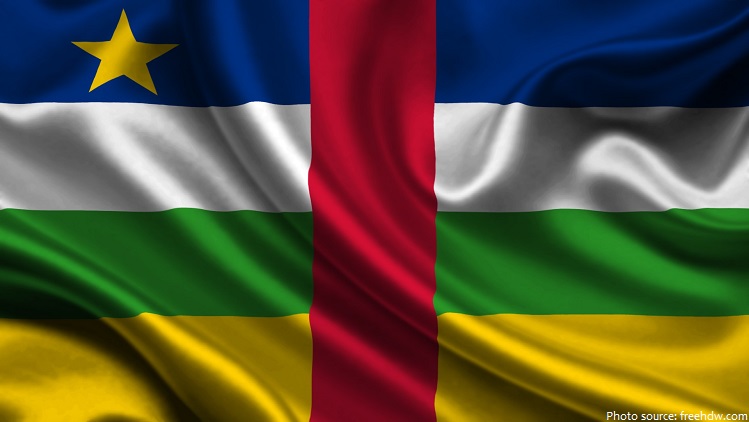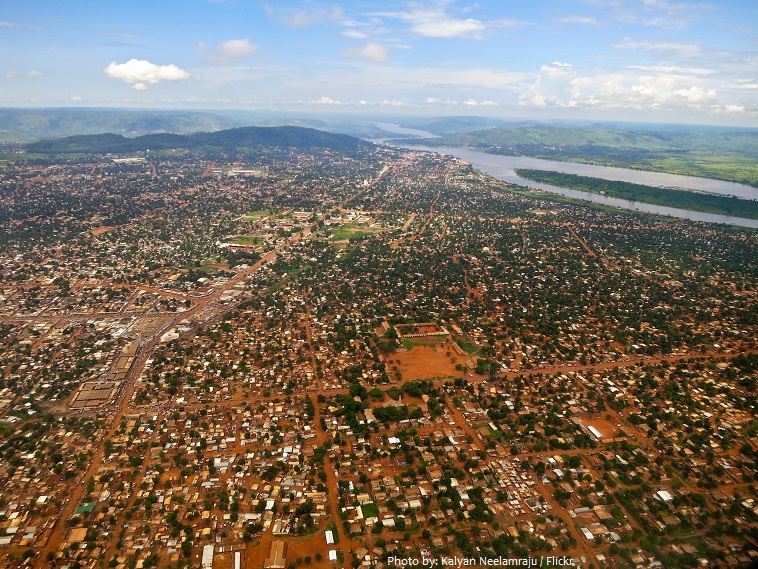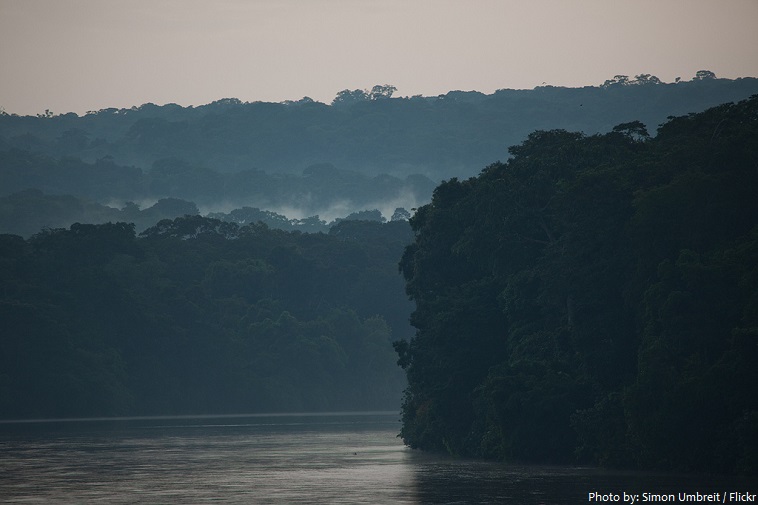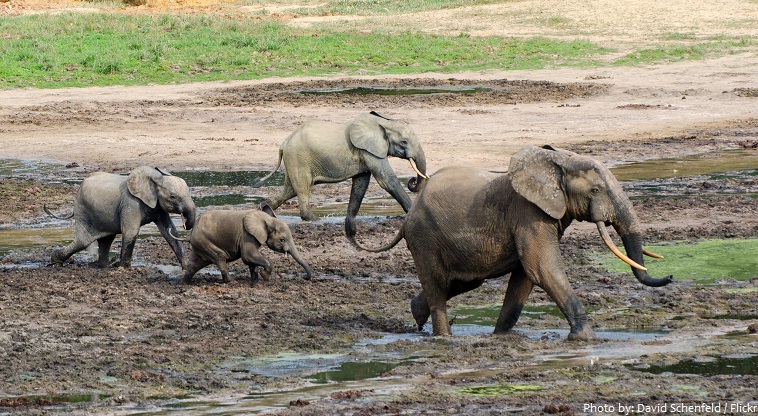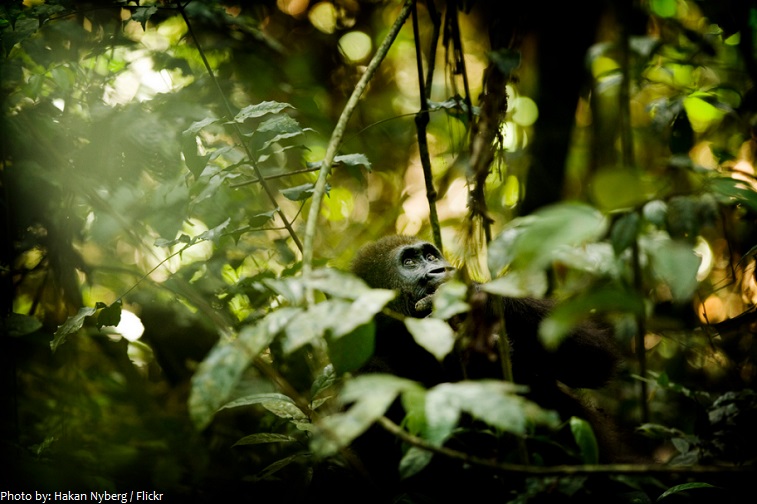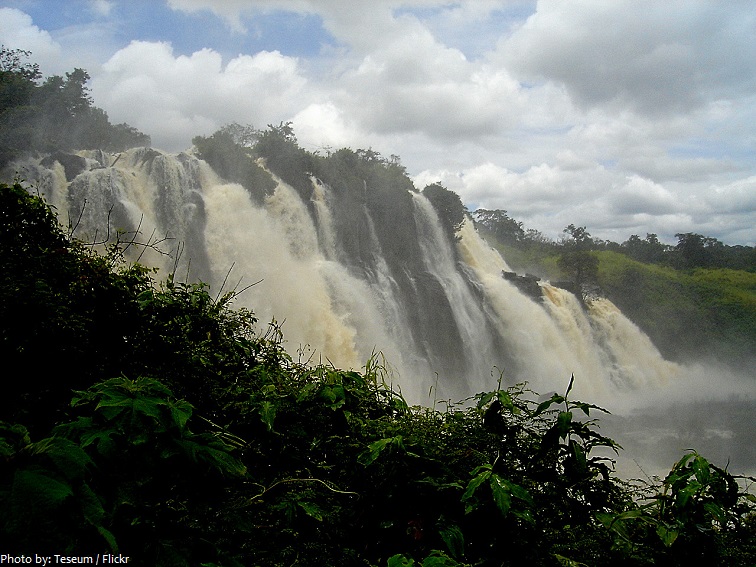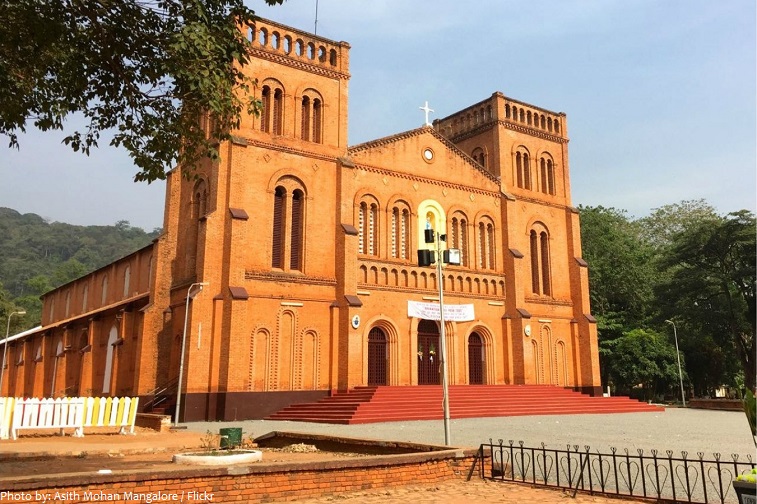The Central African Republic (CAR) is a landlocked country in Central Africa.
It is bordered by Chad to the north, Sudan to the northeast, South Sudan to the east, the Democratic Republic of the Congo to the south, the Republic of the Congo to the southwest and Cameroon to the west.
The Central African Republic has two official languages: French and Sango.
As of 1 January 2017, the population of Central African Republic was estimated to be 5,043,280 people.
It is the 43rd largest country in the world in terms of land area with 622,984 square kilometers (240,535 square miles).
Bangui, or Bangî in Sango is the capital and largest city of the Central African Republic. It was established as a French outpost in 1889 and named after its location on the northern bank of the Ubangi River.
The terrain of the country consists of flat, or rolling plateau savanna, about 500 meters (1,640 feet) above sea level. In the northeast are the Fertit Hills, and there are scattered hills in the southwestern part of the country. To the northwest are the Karre Mountains (also known as Yade Massif), a range of granite hills.
Mont Ngaoui is the highest mountain in the Central African Republic. It is located in the Karre Mountains on the border with Cameroon and has a summit elevation of 1,410 meters (4,626 ft).
The Central African Republic once had the third largest area of rainforest cover in Africa. Today, while tropical forest covers about 35% of the country, most of this has been degraded by logging.
The Central African Republic is home to about 3,600 species of plants, 663 birds, 131 mammals, 187 reptiles, and 29 amphibians.
The Central African Republic has 5 national parks and 33 other protected areas.
Manovo-Gounda St. Floris National Park is a national park and UNESCO World Heritage Site located in the Central African Republic near the Chad border. It was inscribed to the list of World Heritage Sites in 1988 as a result of the diversity of life present within it. Notable species include black rhinoceroses, elephants, Sudan cheetahs, leopards, red-fronted gazelles, and buffalo, giraffes, lions; a wide range of waterfowl species also occurs in the northern floodplains. The site is under threat due to its rare wildlife dying and animals species being wiped out.
Created in 1990, the Dzanga-Ndoki National Park is in the south-western region of the Central African Republic, and the northern edge of the Congo basin forest. The national park is well known for its impressive biodiversity and is the biggest intact forest remaining in the country. It is also well known for its western lowland gorilla population; it has one of the highest densities ever reported for the western lowland gorilla.
The Bamingui-Bangoran National Park complex is a national park and biosphere reserve located in the northern region of the Central African Republic. It makes up part of the Guinea-Congo Forest biome. It was established in 1993. This site is an important bird area in CAR with more than 350 recorded species of birds of which 250 are resident in the area. Some of the mammals in the park include the leopard, African wild dog, cheetah, lion, antelopes, African manatee and many others.
Boali Falls belong to the best known landmarks in Central African Republic. This impressive waterfall is some 50 meters (165 feet) high and 250 meters (820 feet) wide. Although no more than a trickle when its dry, they are dramatic during the rainy season.
The Cathédrale Notre-Dame of Our Lady of the Immaculate Conception is a Roman Catholic Cathedral under Metropolitan Archdiocese of Bangui in the Central African Republic. It is a large and elegant church built with red brick and is common type in French tropical colonies.
The history of the Central African Republic is roughly composed of four distinct periods.
The earliest period of settlement began around 10,000 years ago when nomadic people first began to settle, farm and fish in the region.
The second period began around 1,000 to 3,000 years ago when several non-indigenous groups began to migrate into the region from other parts of the continent.
The third period involved the colonial conquest and rule of the country by France and Germany which spanned from the late 1800s until 1960 when the Central African Republic became an independent state.
The fourth and final period has been the era during which the Central African Republic has been an independent state.
The nation is divided into over 80 ethnic groups, each having its own language. The largest ethnic groups are the Baya, Banda, Mandjia, Sara, Mboum, M’Baka, Yakoma, and Fula or Fulani, with others including Europeans of mostly French descent.
Despite its significant mineral deposits and other resources, such as uranium reserves, crude oil, gold, diamonds, cobalt, lumber, and hydropower, as well as significant quantities of arable land, the Central African Republic is among the ten poorest countries in the world.
Basketball is the country’s most popular sport. Football is also popular.
